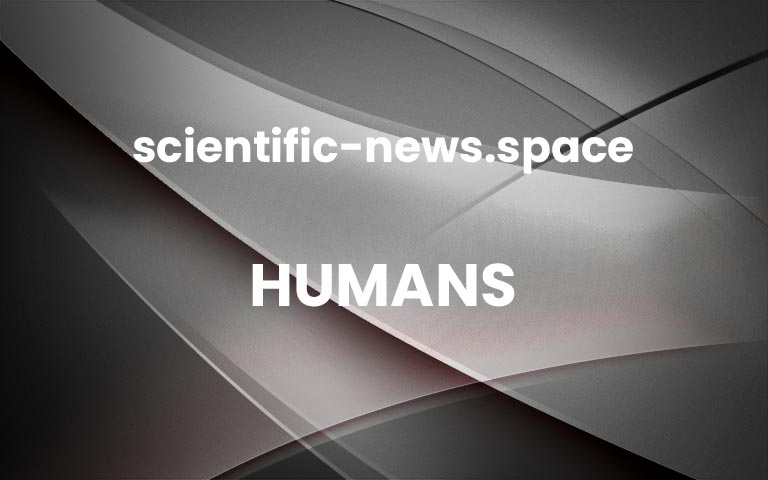By Simon Ings
sasilsolutions/Getty Images
Book
Atlas of Forecasts: Modeling and mapping desirable futures
Katy BörnerAdvertisement
MIT Press
MY LEAFY, fairly affluent corner of south London has a congestion problem, and to solve it, there is a plan to close certain roads. You can imagine the furore: the trunk of every kerbside tree sports a protest sign. How can shutting off roads improve traffic flows?
German mathematician Braess answered this question back in 1968, showing that adding a road to a network can actually increase travel times due to a boost in drivers using the same routes and therefore increasing traffic. Now a new book, Atlas of Forecasts: Modeling and mapping desirable futures by Katy Börner, uses it as a fine example of how a mathematical model predicts and can be used to resolve a real-world problem.
This and more than 1300 other models, maps and forecasts are referenced in Börner’s latest atlas, the third to be derived from Indiana University’s travelling exhibit Places & Spaces: Mapping science.
Her first, Atlas of Science: Visualizing what we know revealed the power of maps in science, while the second, Atlas of Knowledge: Anyone can map, focused on visualisation. In her latest foray, Börner wants to show how models, maps and forecasts inform decision-making in education, science, technology and policy-making.
It is a well-structured, heavyweight argument, supported by descriptions of more than 300 applications. Some entries, like Bernard H. Porter’s Map of Physics of 1939, earn their place purely because of their beauty and the insights they offer. Mostly, though, Börner chooses models that were applied in practice and made a positive difference.
Her range is impressive. We begin at equations, revealing that Newton’s law of universal gravitation has been applied to human migration patterns, and move through the centuries. We tip a wink to Jacob Bernoulli’s 1713 book The Art of Conjecturing –which introduced probability theory – and James Clerk Maxwell’s 1868 paper “On governors”, which was an early nod towards cybernetics. Finally, we arrive at our current era of massive computation and ever-more complex model building.
It is here that interesting questions start to surface. To forecast the behaviour of complex systems, especially those that contain a human component, many current researchers reach for modelling (ABM) in which discrete autonomous agents interact with each other and with their common (digitally modelled) environment.
But, warns Börner, “ABMs in general have very few analytical tools by which they can be studied, and often no backward sensitivity analysis can be performed because of the large number of parameters and dynamical rules involved”. In other words, an ABM model offers us an exquisitely detailed forecast, but no clear way of knowing why the model has drawn the conclusions it has – a risky state of affairs, given that its data came from foible-ridden humans.
Her sumptuous, detailed book tackles issues of error and bias head-on, but she left me tugging at a different problem, represented by those irate protest signs smothering my neighbourhood.
In over 50 years since Braess’s research was published, reasonably wealthy, mostly well-educated people in comfortable surroundings have remained ignorant of how traffic flows work. So what are the chances that the rest of us, busy and preoccupied as we are, will ever really understand, or trust, the other models that increasingly dictate our civic life?
Börner argues that modelling data can counteract tribalism, misinformation, magical thinking, authoritarianism and demonisation. I can’t for the life of me see how. What happens when a model reaches such complexity that only an expert can understand it, or when even the expert can’t be sure why the forecast is saying what it is saying?
We have enough difficulty understanding climate forecasts, let alone explaining them. To apply these technologies to the civic realm begs a host of problems that are nothing to do with the technology, and everything to do with whether anyone will listen.
More on these topics: More


